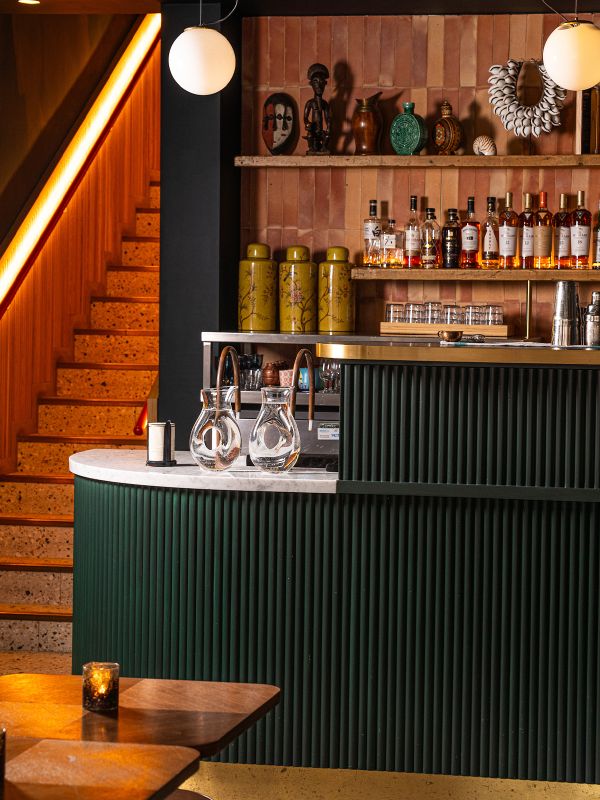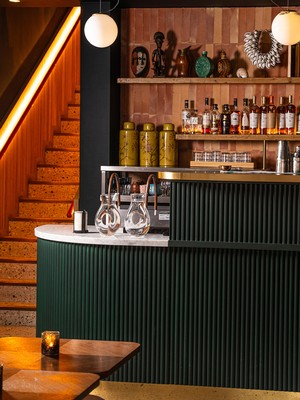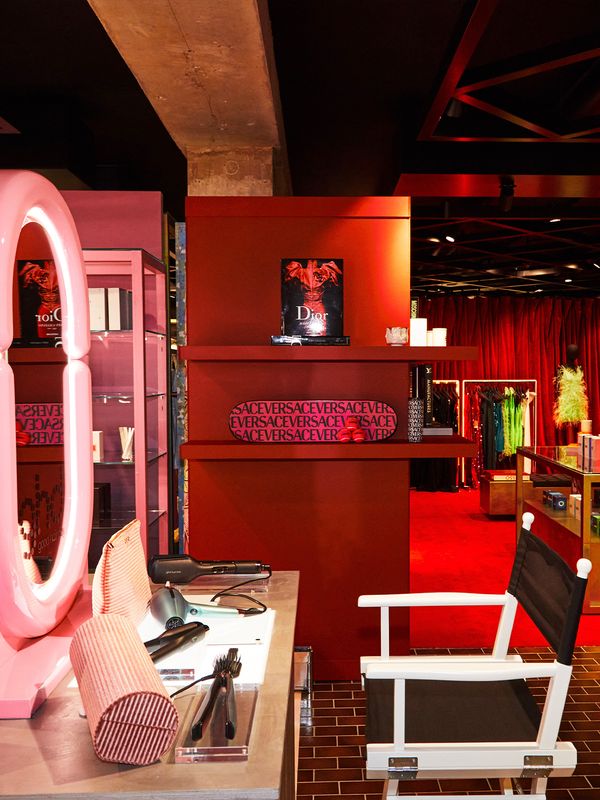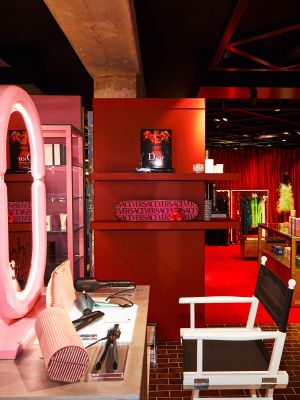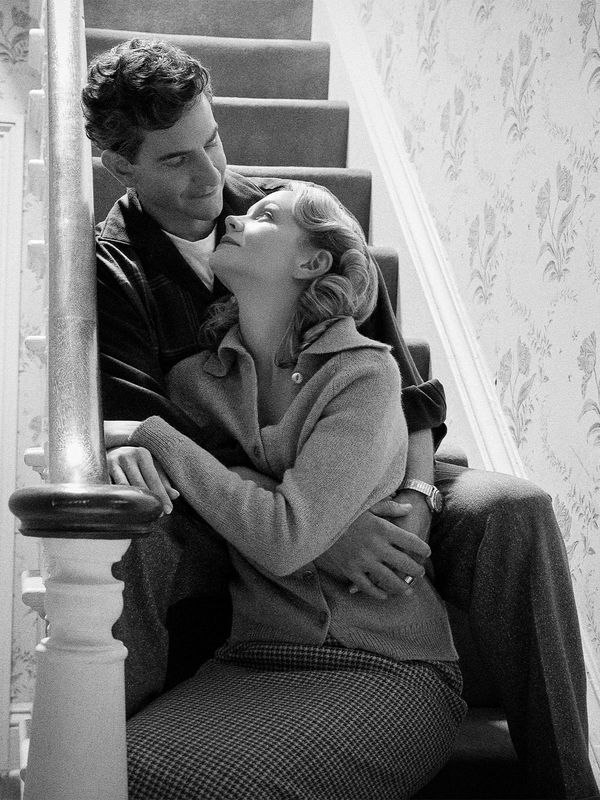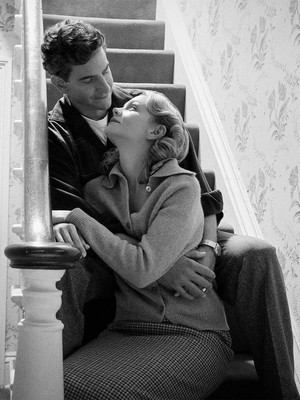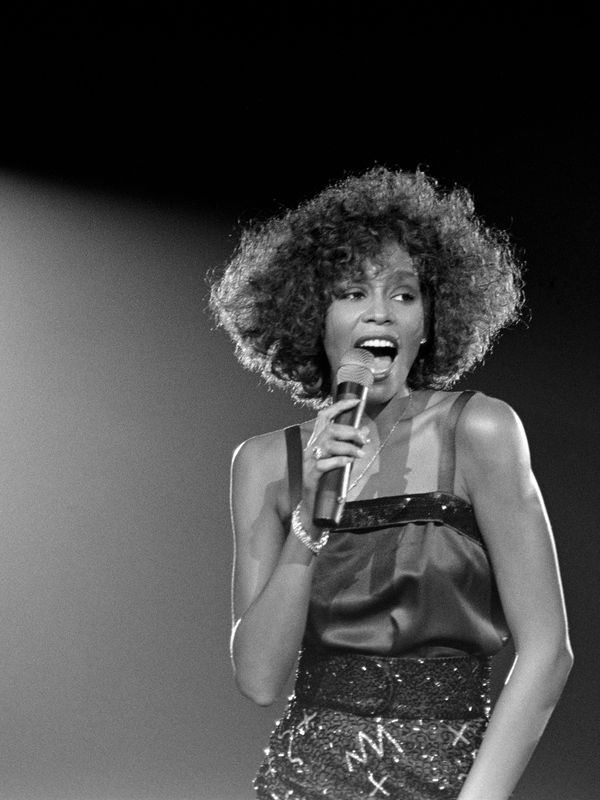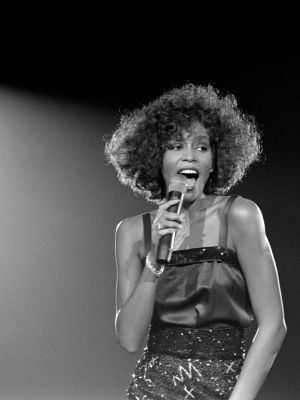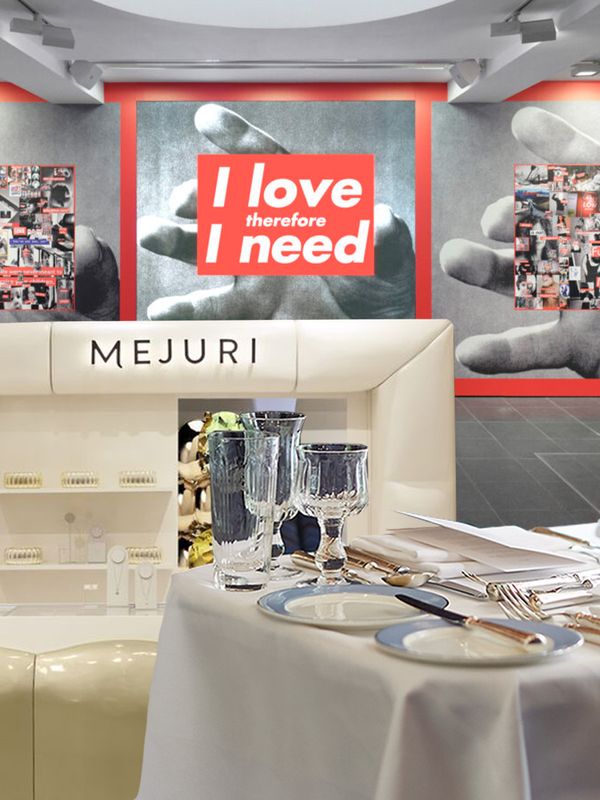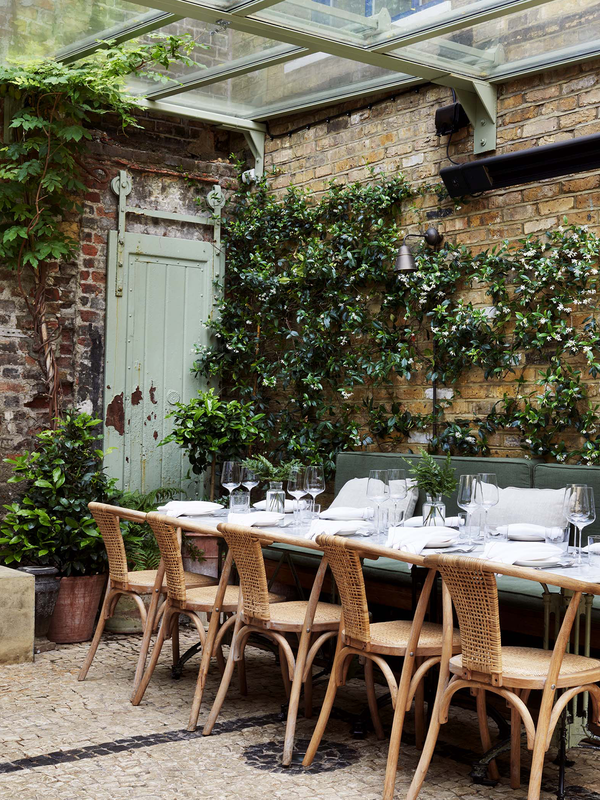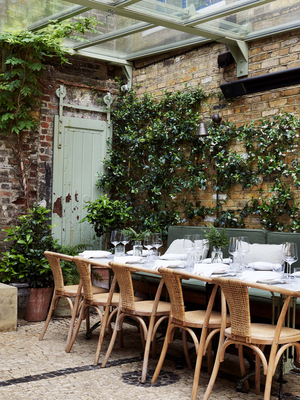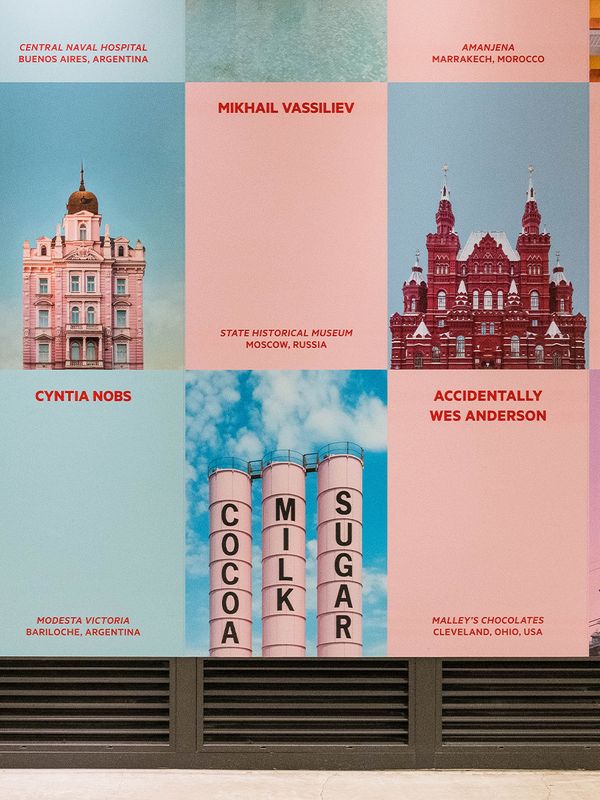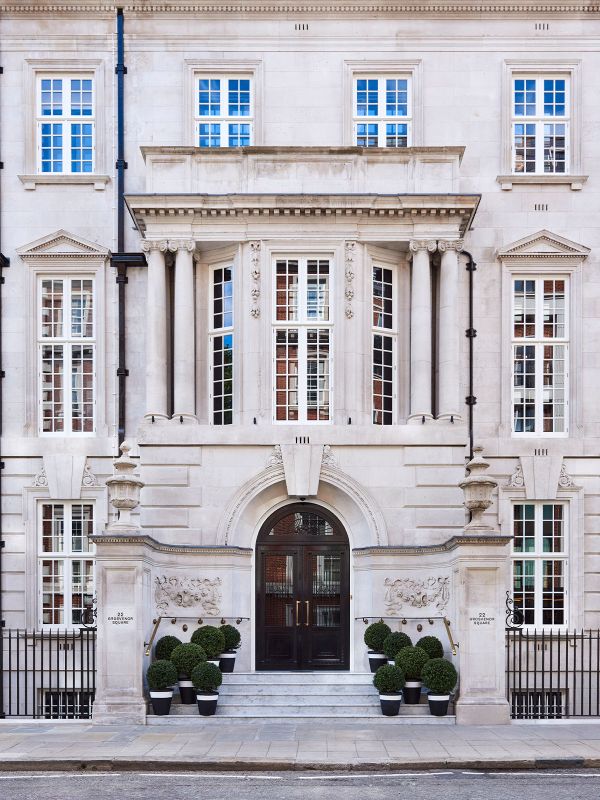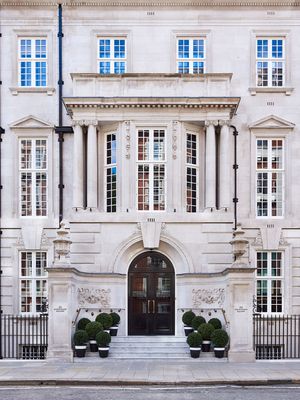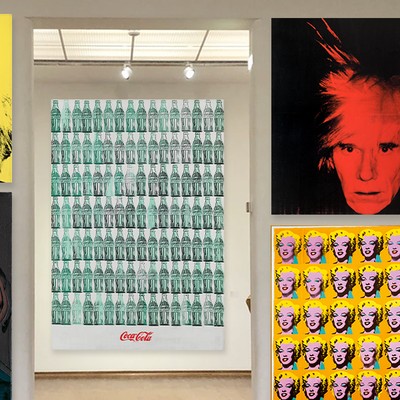
The Exhibition To Book: Andy Warhol at Tate Modern
Andy Warhol (1928–87) is one of the most recognisable artists of the late 20th century – and his life and work continue to fascinate. A shy man from a religious, migrant, low-income household, he forged his own path to emerge as one of the pioneers of the pop art movement. This week, a new exhibition at Tate Modern – the first at the gallery for almost 20 years – offers visitors a rare personal insight into how Warhol and his work marked a period of cultural transformation.
Featuring over 100 works from across his career, the show sheds light on how Warhol’s experiences helped shape his take on 20th-century culture. And while he is best known for his iconic paintings of Coca-Cola bottles, Campbell’s soup cans and Marilyn Monroe, the exhibition emphasises recurring themes around desire, identity and belief that emerge from Warhol’s biography.
Key works from the pop art period, such as ‘Marilyn Diptych 1962’, ‘Elvis I and II 1963/1964’ and ‘Race Riot 1964’, are examined in relation to contemporary issues around American culture and politics, while Warhol’s drive and ambition to push the traditional boundaries of media are represented via his famous ‘Screen Tests 1964–6’ and a recreation of the psychedelic multimedia environment of ‘Exploding Plastic Inevitable 1966’, originally produced for the Velvet Underground rock shows. Visitors are also able to experience Warhol’s floating ‘Silver Clouds 1966’ installation, initially meant to signal his retirement from painting in favour of moviemaking. In this section, the exhibition looks at how Warhol’s forays into publishing and TV, as well as his interest in club culture, are often viewed as an attempt to bring the stars of the underground into the mainstream.
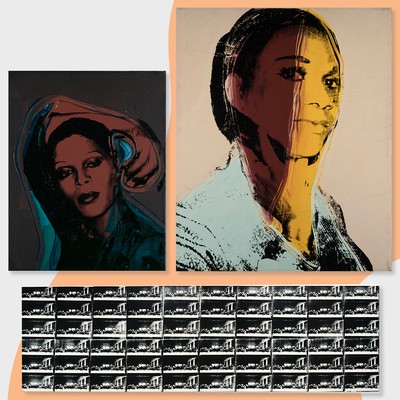
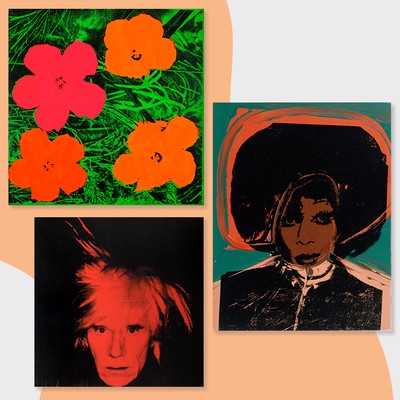
Following an assassination attempt in 1968, Warhol returned to large-scale painting projects. His skill as a painter is emphasised via a room dedicated to the largest grouping of his 1975 Ladies and Gentlemen series ever shown. These striking portraits depict figures from New York’s transgender community and black and Latinx drag queen scene, including iconic performer and activist Marsha Johnson, a prominent figure in the Stonewall uprising of 1969. Warhol’s final works, such as the poignant ‘Sixty Last Suppers 1986’ – on view for the first time in the UK – is explored in relation to the artist’s untimely death as well as the unfolding HIV/Aids epidemic, which went on to impact the lives of many in his circle of friends.
Post-show, visitors can check out new merchandise collections inspired by Warhol’s ‘Marilyn Diptych’ and ‘Skulls’, alongside a range of vintage vinyl. The gallery’s ninth-floor restaurant will also be paying tribute via a menu which features the likes of ‘Tuna Fish Disaster’ and ‘Pate for the Cat’, both named after and inspired by Warhol works.
Bankside, SE1 9TG; until 6th September
Visit Tate.org.uk
DISCLAIMER: We endeavour to always credit the correct original source of every image we use. If you think a credit may be incorrect, please contact us at info@sheerluxe.com.


